Bitumen
Bitumen is a product of Crude oil Distillation. It is a semi-solid hydrocarbon product produced by removing the lighter fractions (such as liquid petroleum gas, petrol and diesel) from heavy crude oil during the refining process. As such, it is correctly known as refined bitumen
Application
Known for its adhesive and cohesive assets, bitumen is mostly utilised in the construction industry. Bitumen is applied on road paving because it is viscous when hot, but solid once it cools down. Therefore Bitumen operates as the binder/glue for pieces of the aggregate.
The vast majority of refined bitumen is used in construction: primarily as a constituent of products used in paving and roofing applications. According to the requirements of the end use bitumen is produced to specification. This is achieved either by refining process or blending.
It is estimated that the current world use of bitumen is approximately 102 million tonnes per year. Approximately 85% of all the bitumen produced is used as the binder in asphalt for roads.
Bitumen is applied in construction and maintenance of:
- Highways,
- Airport runways,
- Footways / Pedestrian Ways,
- Car parks, Race tracks,
- Tennis courts, Roofing,
- Damp proofing,
- Dams Reservoir and pool linings,
- Sound proofing,
- Pipe coatings,
- Cable Coatings,
- Paints, Building Water Proofing,
- Tile underlying water proofing,
- Newspaper Ink Production,
- and many other applications
In order realize the complexity of bitumen as a product an in-depth knowledge and detailed understanding for one of the way the roads are built is crucial. Specialists in bitumen know bitumen as an advanced and complex construction material, not as a mere by-product of the oil refining process. The ultimate paving material (also referred to hot mix asphalt concrete – HMAC or HMA) consists of about 93 – 97% mineral aggregate (stone), sand and filler. The remaining percentage is bitumen.
Most Commonly Used Bitumen Specifications
Standard Petroleum Bitumen Grades
- ASTM D 946and AASHTO M 20 (Penetration @ 25°C)
- ASTM D 3381and AASHTO M 226 (Viscosity @ 60°C)
- ASTM D 6373 and AASHTO M 320 (PG-Graded Binder)
- EN 12591(Penetration @ 25°C) → NF EN; BS EN; DIN EN; etc.
- AS 2008 (Viscosity @ 60°C)
- SABS 307 (Penetration @ 25°C; Viscosity @ 60°C after RTFOT)
- IS 73 (India)changed in 2006 from PEN grades to VG Grades (based on Viscosity @ 60°C); however, CRMB modified bitumen is still graded based on penetration
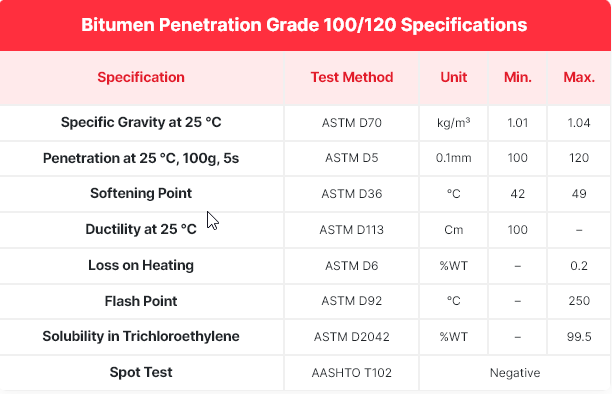
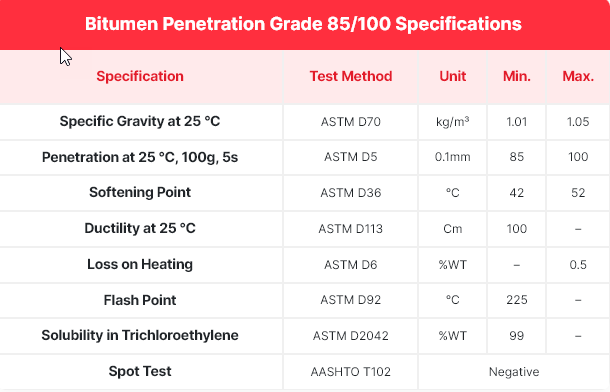
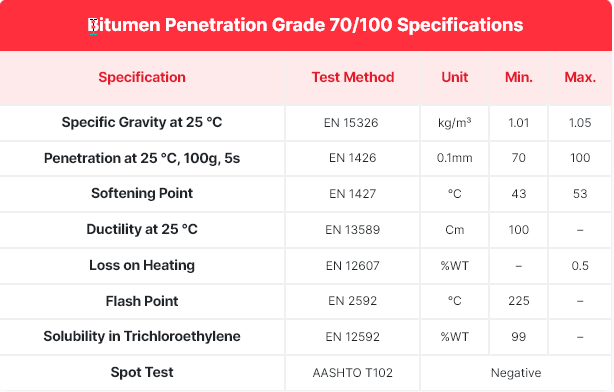
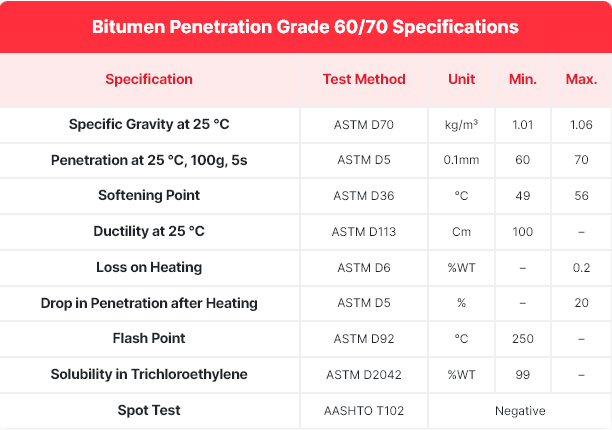
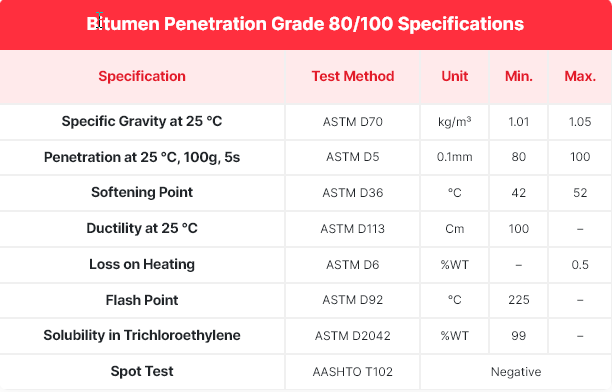
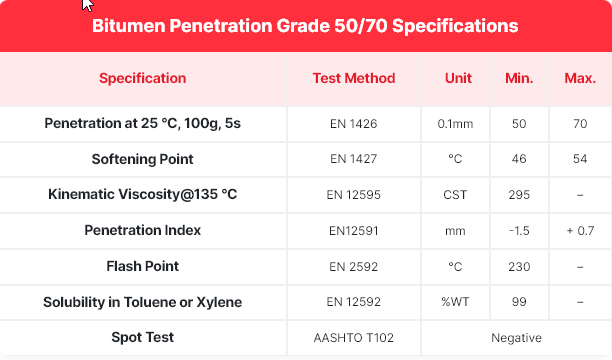
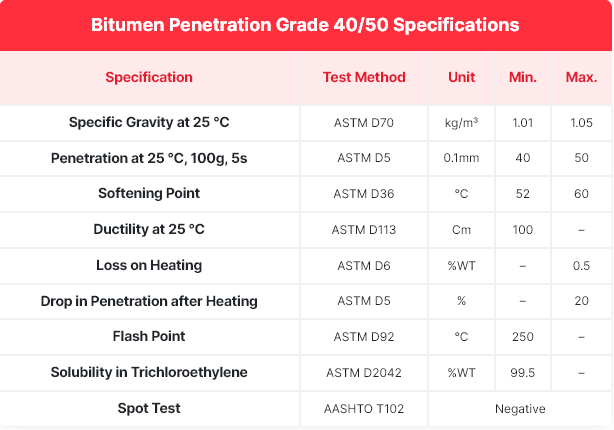
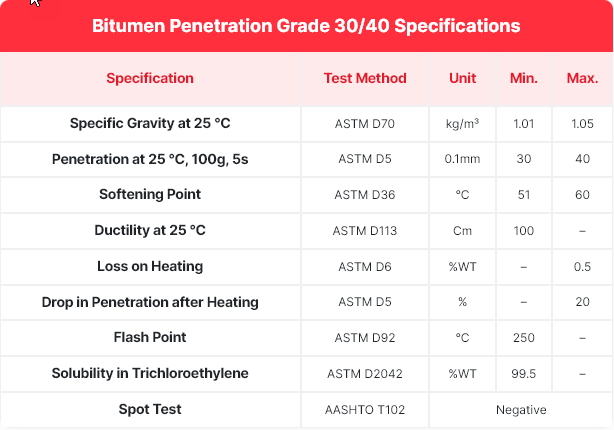









What an insightful article! Your ability to break down complex topics into easily understandable points is truly commendable. I appreciate the thorough research and the engaging writing style that keeps readers hooked from start to finish. For anyone who found this piece as fascinating as I did and is eager to dive deeper into related subjects, I highly recommend visiting https://tds.rida.tokyo/com. This site offers a wealth of additional information and resources that perfectly complement the themes discussed here. Thank you for sharing your knowledge and providing such valuable content. I look forward to reading more of your work in the future!
Thank you for your kind words! I’m glad you found the article insightful and engaging.